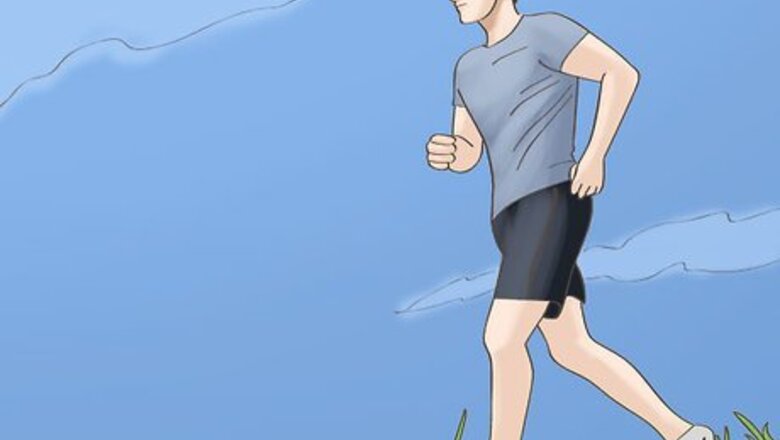
views
Fixing Your Daily Routine

Stay active. You don’t have to perform rigorous exercises in the heat in order to benefit from them. Walking is a great way to prevent swelling because it gives you enough cardio to get your blood flowing. This consistent blood flow is what will prevent your body from swelling. 30 minutes of walking daily is a good amount to start with to avoid swelling. If you already exercise regularly, keep doing what you’re doing. Consistency will be key in keeping your body regular. If you have to be somewhere for a long amount of time, make sure you’re getting up and moving. Avoid sitting or standing still for long periods of time because it will lead to swelling in your feet.
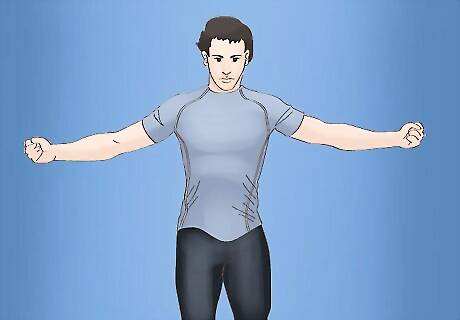
Wear circulation boosting clothing. Avoid cotton clothes in the heat. Cotton retains moisture and will only make you hotter. Wear tights or circulation sleeves to help your vessels circulate properly. Look for clothing labeled with Celliant fibers. Reebok, Adidas, and Saucony are popular brands that use this a lot. It is a fiber that redirects recycled energy back into the body, increasing blood flow and blood oxygen levels. For a more professional look, you can buy circulation tights that boost blood flow. For men, you can get circulation sleeves that fit over your arms and wear these under your shirt.
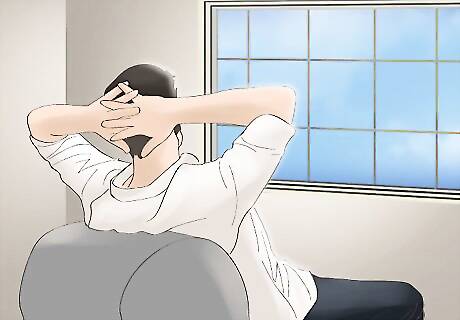
Stay inside. If at all possible, stay inside during the day—especially in the afternoon. The afternoon is typically the hottest time of the day, and depending on where you live, if may not cool down in the evening. Do your outdoor activities during the morning.
Watching Your Intake
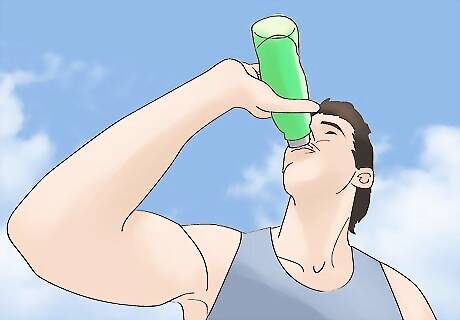
Stay hydrated. A well-hydrated body is less likely to retain water. Drink at least 30-50 ounces of water each day. It will help your cells flush. If you’re going to be exercising, or if you’re pregnant, you need to drink more than this daily.
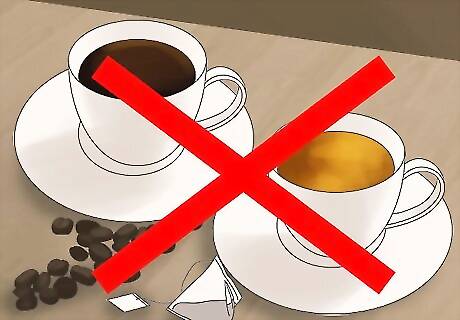
Stay away from dehydrating drinks. Drinks with a lot of caffeine are dehydrating and will promote swelling. Stay away from coffees and teas. Replace these with fruit infused water if you are looking for something with some flavor.
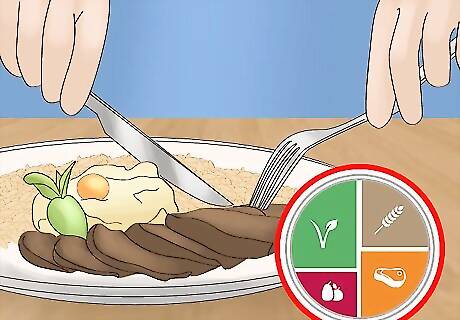
Eat a proper diet. Along with staying properly hydrated, it is very important to get a proper diet. Making a few changes can make a big difference in body swelling. Get plenty of B6, B5, and calcium. You can get these from brown rice and fresh fruits. Avoid processed foods. Frozen meals and canned foods contain a lot of salt. Buy fresh foods instead. If you have to get processed foods, compare brands to find the best one for you.
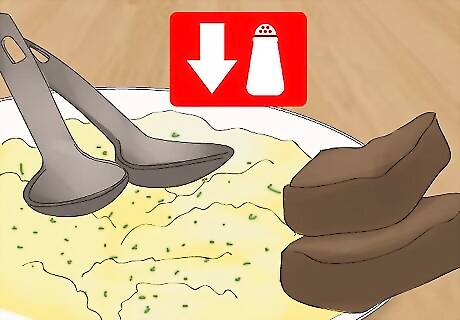
A low salt diet (less than a teaspoon) is very important. It helps reduce swelling caused by heat. The salt encourages swelling. Avoid foods like potato chips and salted peanuts. Don’t add salt into your food if you are cooking and don’t salt your meals at the table.
Reducing Swelling

Elevate swollen limbs. If your legs are swollen, you can lay on your back with your legs propped up above your head. This will help reduce the swelling. If the swelling is consistently bad, try sleeping like this. It can also help to lie on your back and put your foot up in the air. This way, the swelling can travel back toward your trunk and be reabsorbed into your lymph system so you can basically pee it out.
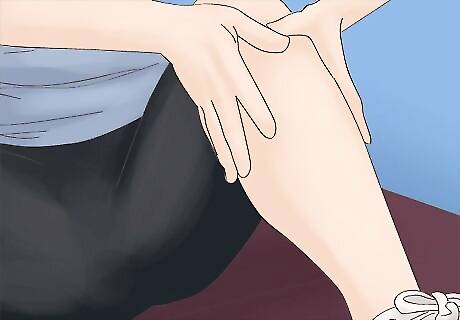
Massage the swollen limbs. Don’t cause yourself pain, but massage the area where you notice swelling. Rub the muscles firmly to reduce fluid build-up in your muscles.
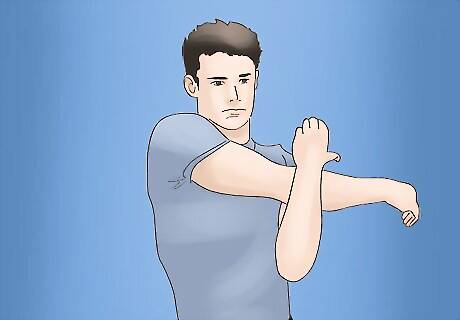
Stretch throughout the day. If you find yourself sitting or standing in one position for a long time, take a moment to stretch. Each hour, take just 2-5 minutes to stretch. Ankle pumps, quad stretches, and calf stretches are a great way to get the blood flow without doing a lot of movement. You can do these stretches silently at your desk or while standing so that it they don’t disrupt your day. If your hands and fingers feel swollen, focus on shoulder and back stretches.



















Comments
0 comment